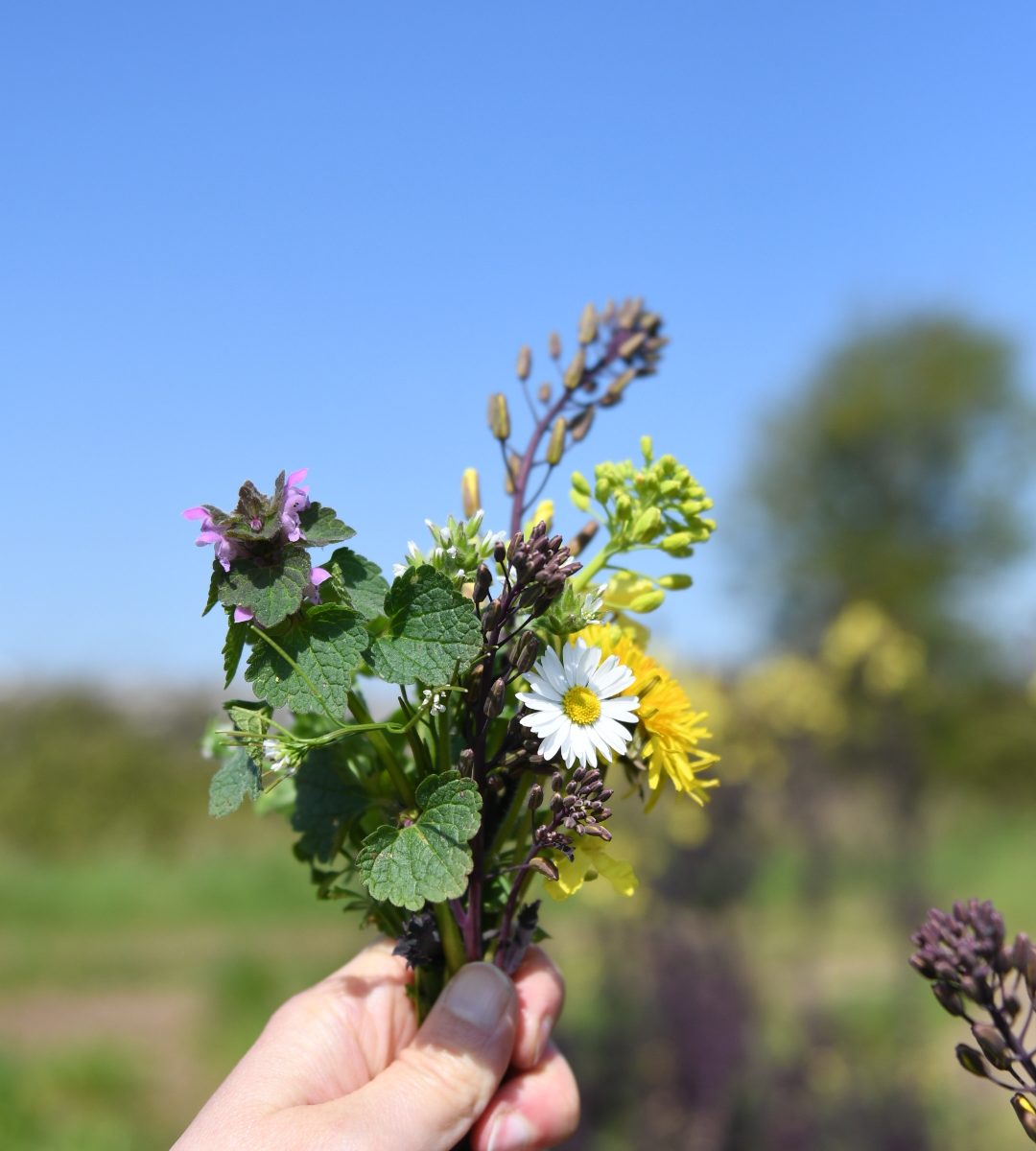As the official start of spring approaches, I wonder what St. Brigid would think of agriculture in our country today. Brigid’s cross as tradition would have it, was supposed to protect you from illness and bad things happening, it is certainly something we could use in our food system right now.
Our organic farm is situated in rural Ireland, and it is beautiful in its own way, as Spring evolves its vibrancy is defined by a myriad of greens, and flowers and it is overflowing with life.
Once upon a time, flowers and mushrooms were commonplace in fields of grass around our lovely country, not so anymore. I don’t know about you, but the sight of a cowslip flower transports me back to a time when the fields next to our family home were full of these beautiful flowers.
Sadly, today, these flowers are not to be found in most farm grasslands, they have all but disappeared (as have the button mushrooms that also used to be commonly found in meadows).
The reason sadly: the common use of artificial fertiliser and herbicides. Many of these fields are sprayed to remove anything that is not grass, depriving the land of variety, variety being the cornerstone of all life. Such is the way of much of our production systems these days, large monocultures, engineered to produce at all costs.
The one common theme that can be found in all of these food systems generally starts with an application of the chemical glyphosate.
Glyphosate was approved for another 10 years of use in November of 2023, Ireland was one of the countries that voted in favour of keeping it.
Have you ever been driving and noticed fields that have an iridescent yellow hue? These fields have been sprayed with glyphosate, this sickly bright yellow/orange tinge of chemical intoxication has destroyed all life, all the plants are dead, all the bees are gone, all the insects are gone, and all the birds are gone.
For me this is the polar opposite of how our land should be.
This is the reality for how most conventional crops begin and this is just the start of the story, most crops will receive several applications of different chemicals as they are grown. This of course makes life easier for weed control, for disease control and for pest control, at least in the short term. For example, as many as 20 different chemicals can be applied to wheat.
When we look the impact of all of these chemicals that are used on our food system as single parts, we may not be seeing the whole story, there is also an argument that is gaining more traction now and makes a lot of sense called the “cocktail effect”.
This is the combined effect of multiple chemicals that is greater (or in this case worse) than each chemical taken in isolation. So, for instance the impact of glyphosate and other chemicals applied to fields can have a combined increased negative impact on biodiversity and on our health. To read an interesting and detailed report on what exact chemical residues are to be found in our food and the impact of the cocktail effect click here. (It makes for interesting and sobering reading)
But there is a another way. Organic production tips the scales in favour of thriving biodiversity and of food that enhances our health and well-being chemical free sustainable food.
So, as we look forward to the year ahead, and finalise our planning and rotations, and wildflower and clover plantings, as we fix our tunnels that have the damage by storm Isha over last weekend, and as wait patiently for the land to dry out, we are thankful for your support which allows us to grow healthy sustainable food and for the opportunity to return something to nature.
Thank you,
Kenneth.

